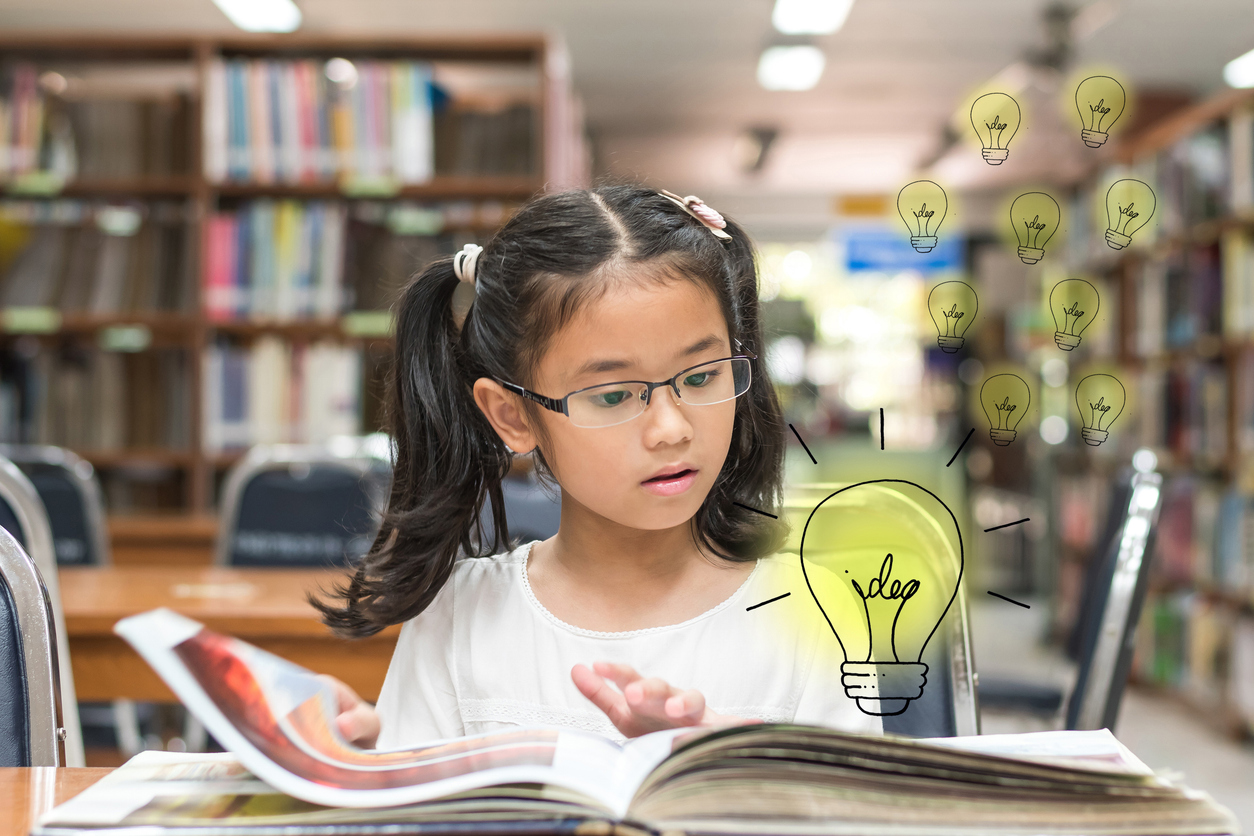Understanding The Science of Reading
What is the Science of Reading?
The Science of Reading is a body of research that explores how we learn to read, and why reading comes easily to some but is a struggle for others. This research is crucial as it lays the foundation for effective reading instruction methodologies. In this blog post, we will explore the basics of the Science of Reading and its practical applications in literacy education.
Let’s first break down the key components of the Science of Reading.
Phonics
One of the key components of the Science of Reading is phonics, which is the understanding that letters represent sounds and these sounds are combined to form words. This helps readers decode unfamiliar words and make sense of printed text. It has been found that explicit and systematic phonics instruction is the most effective way for children to learn how to read. This means teaching children the relationship between letters and sounds in a structured, step-by-step manner.
Phonological Awareness
Phonological awareness is the ability to recognize and manipulate the individual sounds within words. This includes recognizing rhyming patterns, blending sounds together to form words, and segmenting words into individual sounds. Research has shown that strong phonological awareness is a key predictor of reading success.
Fluency
Fluency is the ability to read with accuracy, speed, and expression. Fluent readers are able to recognize words automatically without having to sound them out, which allows them to focus on comprehension. Research has shown that fluency is directly linked to reading comprehension, as struggling readers spend too much cognitive energy on decoding words and have little left for understanding the text.
Vocabulary
Vocabulary knowledge is crucial in understanding written language. Children with a limited vocabulary often struggle with reading comprehension because they do not have enough background knowledge to make sense of what they are reading. The Science of Reading emphasizes the importance of building vocabulary through exposure to rich and varied language, rather than simply memorizing lists of words.
Comprehension
Effective readers use a variety of strategies to understand and analyze text. These include making connections to prior knowledge, visualizing, asking questions, summarizing, and synthesizing information. These strategies can be explicitly taught and practiced to improve reading comprehension.
Practical Applications of the Science of Reading
The Science of Reading has important implications for literacy instruction in the classroom. Educators can use evidence-based instructional methods, such as explicit phonics instruction, to help students develop strong decoding skills. They can also incorporate activities that promote phonological awareness and build vocabulary through exposure to rich language.
Components of Successful Reading Instruction
Successful reading instruction is multifaceted. It includes explicit instruction in phonemic awareness, phonics, fluency, vocabulary, and comprehension. Students must receive ample opportunities to apply these skills in reading and writing tasks. It is also essential for educators to monitor student progress and adjust instruction accordingly.
Let’s dive into the different ways you can support your students’ journey towards becoming fluent and confident readers.
Employing Evidence-Based Instructional Practices
Evidence-based instructional practices are key to teaching and reinforcing skills in phonemic awareness, decoding, fluency, and comprehension. Such practices include systematic and explicit instruction in phonics and guided oral reading for developing reading fluency. Vocabulary development is also supported through rich language exposure activities and explicit instruction in word meanings. Additionally, educators can use comprehension strategies to help students make connections between what they read and their prior knowledge.
Creating a Conducive Learning Environment
A conducive learning environment is one that is safe, comfortable, and stimulating. It needs to offer the right balance of challenge and support to foster students’ confidence and motivation in reading. Educators can achieve this by providing a variety of learning activities, incorporating technology, and creating a classroom culture that values reading.
Collaborating with Parents and Caregivers
Parents and caregivers play a crucial role in the development of early literacy skills. They can support their child’s learning by engaging in activities that promote phonemic awareness and vocabulary development, as well as by modeling good reading habits. By working together, educators and parents can create a strong foundation for a child’s literacy development.
Monitoring Student Progress
Monitoring student progress is crucial to ensure comprehension and mastery of skills. Regular assessments provide educators with valuable information about students’ progress and areas that might require additional instruction or intervention. This allows educators to provide targeted support and adjust instruction as needed.
Using Progress Learning to Support the Science of Reading
Lastly, edtech solutions like Progress Learning can help support educators in their efforts to implement Science of Reading practices. We offer a variety of engaging, built-in literacy tools not just in ELA, but also cross-curricular in math, science, and social studies. These tools are designed to enhance vocabulary, fluency, and reading comprehension so students can build background knowledge and a strong foundation.
In addition, as MetaMetrics® partners, we align our reading passages with Lexile measures. Teachers can use these Lexile measures in Progress Learning to connect students with the appropriate text level, monitor progress, and see where students may need additional support.


